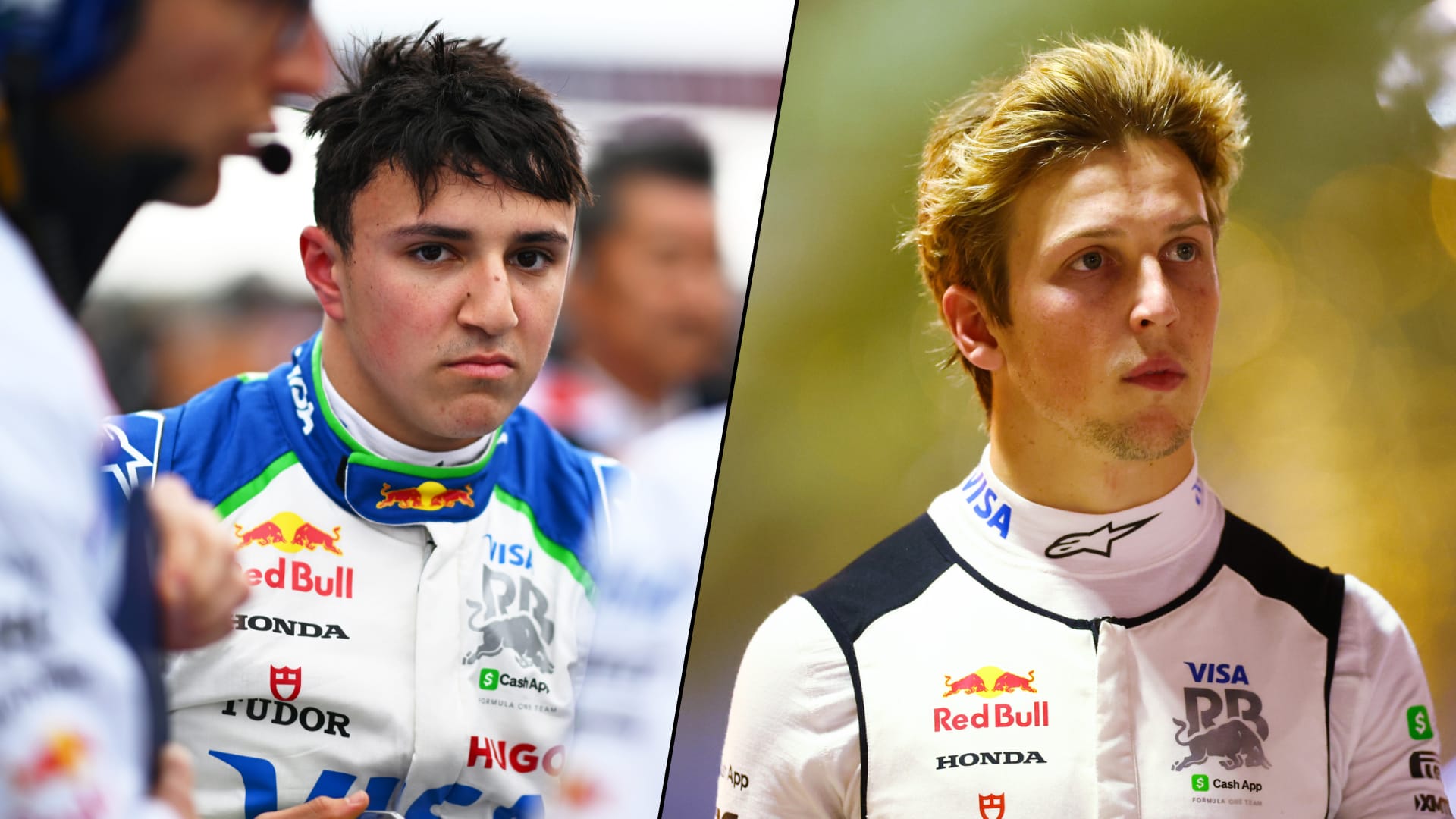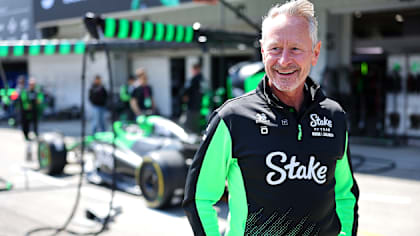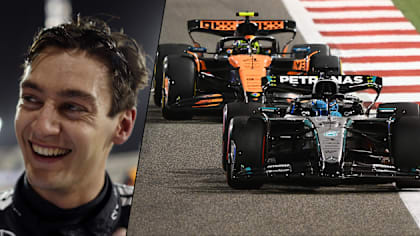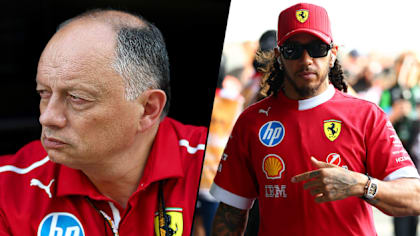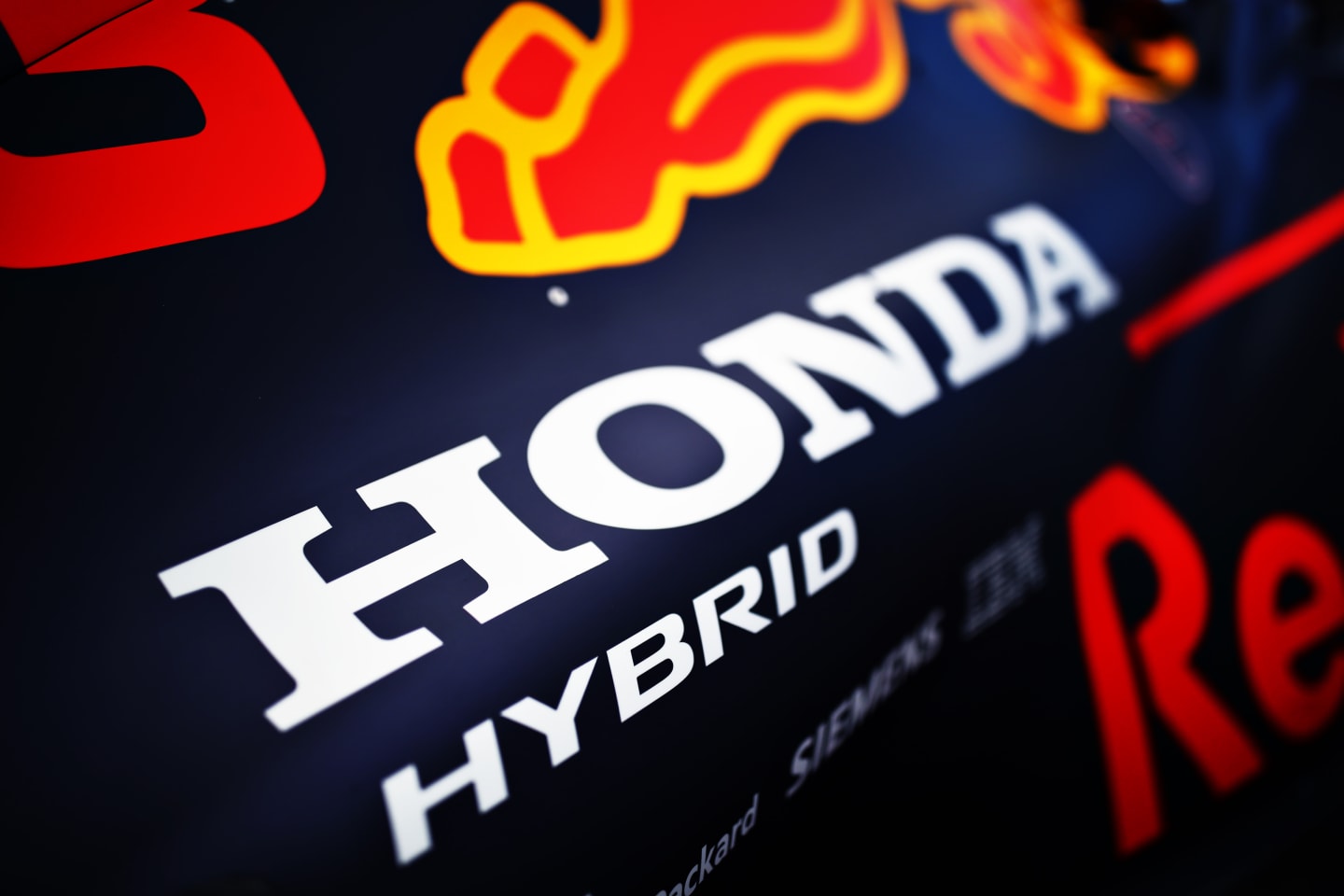
18 - 20 April
News
Honda to leave Formula 1 at the end of 2021
Share

Red Bull and AlphaTauri are on the search for a new power unit supplier after the shock announcement that Honda will withdraw from Formula 1 at the end of 2021.
The Japanese engine manufacturer returned to the championship in 2015 with McLaren, having been inspired by the new breed of power units that focused on hybrid and energy recovery technology.
They suffered a difficult and unsuccessful partnership, culminating in them splitting up and Honda joining forces with Toro Rosso for 2018, before taking on Red Bull as a works team the following year.
Across the two teams, they have clinched five race victories to date in their two-and-a-half-year partnership with the Red Bull family.
However, Honda have decided not to continue beyond their current arrangement with Red Bull and AlphaTauri, which exists until the end of next year.

Max Verstappen scored a breakthrough victory for the Red Bull-Honda partnership last year in Austria - Honda's first victory since 2006
Honda said the decision had been made because the automobile industry was going through a "once-in-one-hundred-years period of great transformation" and that they'll leave having been "able to attain its goal of earning victories".
"Honda will work together with Red Bull Racing and Scuderia AlphaTauri to continue competing with its utmost effort and strive for more victories all the way to the end of the 2021 season," the Japanese company added in a statement.
The decision will leave Formula 1 with three power unit suppliers – Mercedes, Ferrari and Renault. Under the current rules, Renault would be obliged to supply Red Bull and AlphaTauri with engines as they currently have the fewest customers, unless the teams can convince Mercedes or Ferrari to provide a supply.
Red Bull – on behalf of both their works team and AlphaTauri – have recently committed to the new Concorde Agreement, which binds them to the championship until the end of 2025.
"We look forward to embarking on a new era of innovation, development and success," said Red Bull boss Christian Horner, who said he understood and respected Honda's decision.
"As a group, we will now take the time afforded to us to further evaluate and find the most competitive power unit solution for 2022 and beyond.”
YOU MIGHT ALSO LIKE
News Wheatley vows to lead Kick Sauber ‘in my own way’ as he explains challenge ahead of Audi’s arrival
FeatureF1 Unlocked MONDAY MORNING DEBRIEF: How Russell held onto a brilliant P2 in Bahrain – despite car failures, tyre woes and a charging Norris on his tail
News Vasseur urges Ferrari to ‘stay calm’ after mixed fortunes in Bahrain as he explains why Hamilton’s frustration was ‘appreciated’
News ‘I could have done better’ – Tsunoda reflects on scoring maiden points for second Red Bull car in 2025 after P9 in Bahrain
